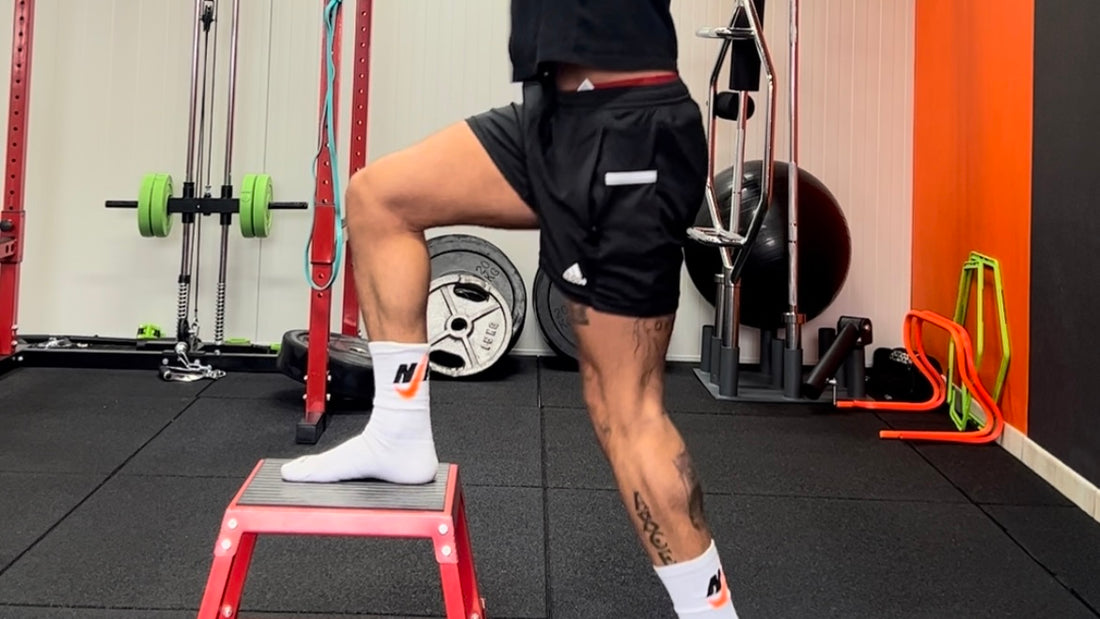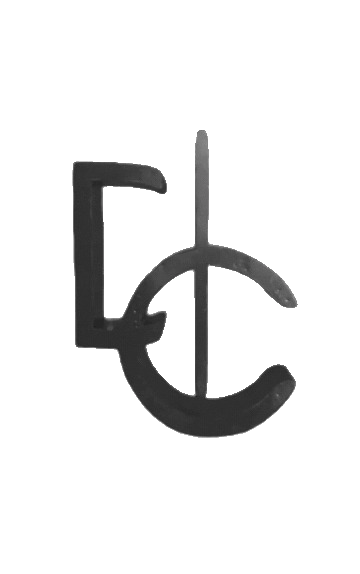
Exercise Breakdown, Week 8: Hip lock
We're diving into a game-changing topic today: the hip lock. Whether you're an athlete striving for peak performance or someone on the road to recovery, understanding the hip lock's power can transform your journey. Let's unlock its secrets together!
What is the Hip Lock?
The hip lock is a fundamental concept in biomechanics and rehabilitation. It involves engaging specific muscles around the hips and core to stabilize the pelvis. This stability creates a solid foundation for movement, enhancing performance and reducing the risk of injuries.
Benefits for Performance:
-
Enhanced Power and Control: Activating the hip lock optimizes power generation and control during movements, whether it's sprinting, jumping, or changing directions. Athletes can achieve higher speeds and sharper turns, giving them a competitive edge.
-
Improved Balance: A stable pelvis is the cornerstone of balance. By mastering the hip lock, athletes can execute precise movements, maintain equilibrium, and excel in sports that demand agility and coordination.
Benefits for Injury Prevention:
-
Reduced Strain on Joints: Proper engagement of the hip lock distributes forces evenly across joints, reducing stress on the knees and ankles. This balanced load minimizes the risk of overuse injuries and joint-related problems.
-
Muscle Activation: The hip lock technique activates muscles in the hip complex and core, promoting muscular balance. Strengthening these muscles protects the joints, enhancing joint stability and resilience against injuries.
Hip Lock in ACL Rehabilitation:
In ACL rehabilitation, the hip lock is a game-changer. By stabilizing the pelvis and promoting balanced movement patterns, it aids in rebuilding strength post-surgery. Individuals recovering from ACL injuries benefit from the hip lock's ability to enhance muscle control, reduce strain on the healing ligament, and prevent re-injuries.
How to Master the Hip Lock:
-
Engage Core Muscles: Focus on activating the core muscles, including the transverse abdominis and obliques.
-
Strengthen Hip Muscles: Work on hip abductors, adductors, and glutes to enhance stability.
-
Practice Balance Exercises: Incorporate balance exercises like single-leg stands to refine your stability.
Unlocking the hip lock isn't just a technique; it's a game-changing approach to performance and injury prevention. Whether you're an athlete seeking the podium or on the road to recovery, integrating the hip lock into your routine can elevate your game.
